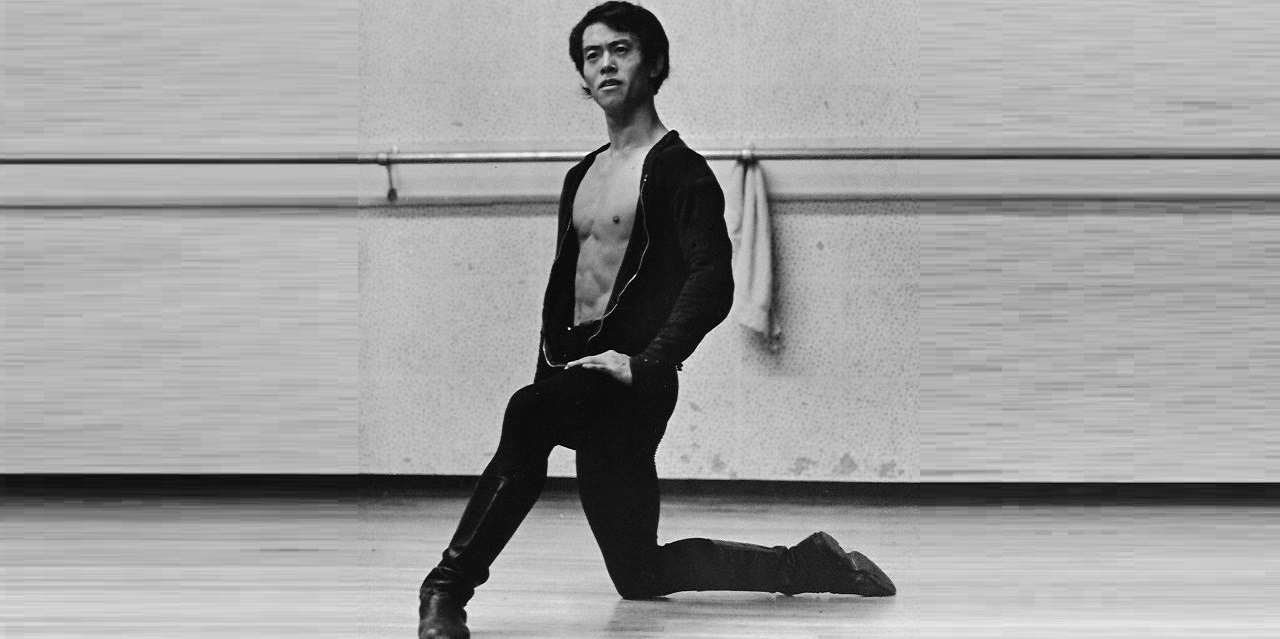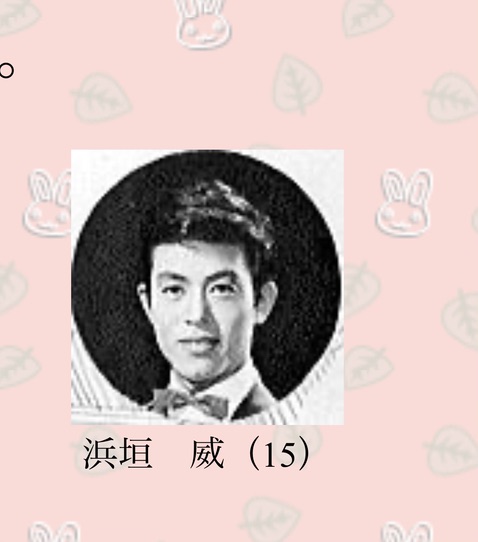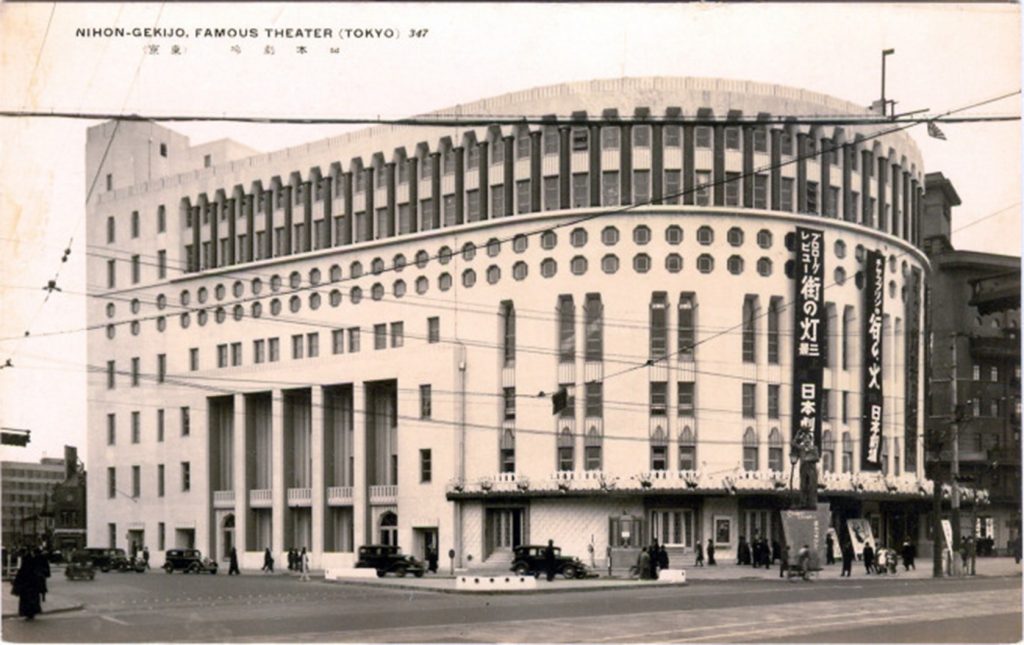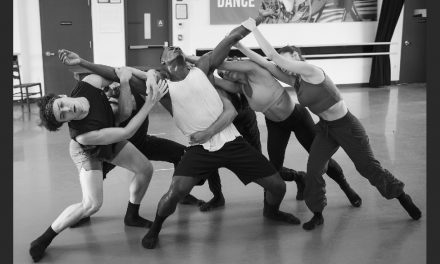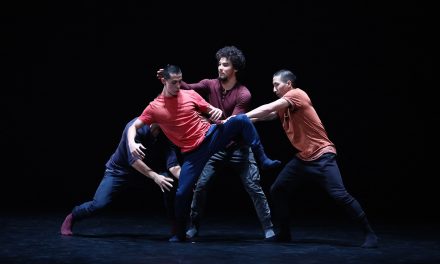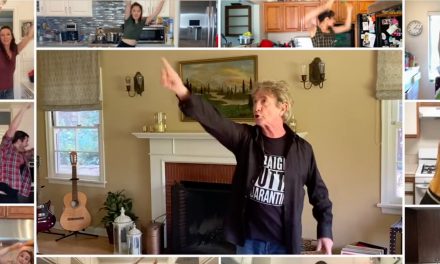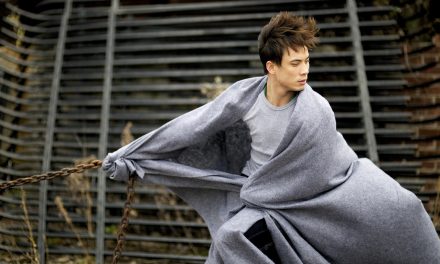Early in May, I met again to hear the next chapter of my friend Hama’s extraordinary life. I was delighted by the twists and turns of the experiences he so generously told. He helped me understand fragments of the rebuilding of the powerful country of Japan, and seeing more clearly the lives of his family, friends and mentors after WWII. He unveiled his lazar focused mission for his life of dance and eventually his position as a leader and mentor himself. As he did so, he guided me along his remarkable path of resilience, courage and hope. He shared the place where he found his heart in the future of his art. We began at War’s end and the fashioning of a new life of beginning again. And that’s when my questions began:
JD: I’m interested in knowing what happened after the War.
Hama: Well, it was 1945 and I was in kindergarten when WWII was coming to an end. I watched the Firebombing in March from our rooftop. I was just a little boy. So much was destroyed and it left thousands of people dead and millions with no homes, and then in August the dropping of the atomic bomb on Hiroshima and Nagasaki…No more War! It was finally over. We barely survived but we had to begin again. Pre-malnutrition – only water to drink – no food – I had shoes with holes and I used to put newspaper in them and walk to school four or five miles away.
MacArthur came into General Headquarters to change from the Japanese Constitution to the American Constitution. Americans took control with the Marshall plan in Japan. They didn’t take over, but they took control.
By September I entered the first grade. My mother was very busy with her seven kids and trying to pay for her children’s school. We went thru those hardships and were still starving after the war. But even then my mind was always looking for life. It took me 19 years to find out what I was going to do with this life.
JD: Remarkable, the resilience, I can only imagine how difficult that had to be.
Hama: Yes, war is never easy. We went through the struggle of rebuilding from having nothing but each other. We did whatever we could. I was in high school when I managed to start working in an office, but it just was really not my type of work . I finally told my older brother that I hated my job. He said, “You were always a physical boy, why don’t’ you try taking dance lessons.” I remember thinking that I had no idea about dance, I don’t remember my parents going to the movies, I never saw dance or art, but I started anyway. It was just a year before my mommy passed away. At first I just took a little Ballet class in town. I liked it! I was still working – but I started taking three one hour classes at night, three times a week. The night people were totally different from day people. I couldn’t afford day classes money-wise but there was nothing to lose taking those night classes. I was just beginning.
I was the second youngest child family treated me like a little boy but my mother inspired me to try my dreams. She was only 56 when she had a stroke and died, maybe from exhaustion trying to raise all her kids through the War. She lived only for her children. To me she was a goddess, a symbol of love. She was a wonderful mother and she lived through four wars so she never could get an education…but such a beautiful person. She always encouraged me to go ahead.
JD: Losing your parent after going through so much, how did that affect you?
Hama: Well…you realize that moment when you no longer have a mother and father, you are no longer a baby. When your mother is not there, independence starts to take off, so I knew I had to leave the house. I have always thought, I’ve got to do something! Even when I was just a little boy I thought that. I did not want to depend on my family, sisters and brothers. That’s when I started at Toho, Nichigeki Theatre after mother died.
Toho was a Japanese film and theater production and distribution company. The Toho Entertainment School had classes day and night. I took three times a week. In less than a year I was taking all kinds of classes, ballet, tap, acrobatics, and many other kinds of dance.
JD: It seemed like once you started nothing was going to stop you. What you told me about the Nichigeki Theater was so interesting, I wanted to know a bit more so I did some of my own research on what Toho, Nichigeki, was. I found it to be incredibly impressive.
Just to clarify for myself, it seems that Toho was an entertainment corporation that started in Tokyo, Japan by Ichizō Kobayashi in 1932 as the Tokyo-Takarazuka Theater Company of the Hankyu Hanshin Toho Group. And in 1933 “The Nippon Gekijo (“Japan Theater”), colloquially known as Nichigeki, opened its doors. I was unaware until you clarified this history, but they wanted to be more modern, so they imported ideas from the West, like Vaudeville, Shakespeare, tap dancing, and show dancing. Toho was very forward thinking and sophisticated when it came to this type of performing.
Outside Japan, Toho is best known as the producer and distributor of Monster (Kaiju) and Action (Tokusatsu) films. They also had the Superhero TV Franchise (Chouseishin, Tokusatsu). What was so exciting was that brilliant directors of the Japanese film did their work there, like Toshiro Mifuni (The Last Samurai), Akira Kurosawa (Seven Samurai, Rashomon, Yojimbo) and so many others.
It looked like a wonderful and active place to work. I also understand that Nichigeki Theater became the temporary home after the war for the ‘Occupation Forces’ (Americans) until 1952. So, you were right in the middle of the rebuilding of Japan and a renaissance of artistic activity at that time.
Hama: Right, and because Toho was one of the three large theaters in Tokyo it needed many people to work and performers – dancers, singers, actors so they had an audition for dancers and… I got it!. They auditioned male and female dancers and took 15-20 boys and about 10-20 girls. I started dancing professionally at 19 years old. We learned everything, tap, ballet, jazz, Spanish dance, castanets, gymnastics. We were always helped by the older dancers, so I made up my mind to work harder than anyone else. It was my nature to be interested in every movement so I learned everything I could, everything they needed on stage, and more. Finally, I got to see the beautiful Nichigeki Theater. I didn’t know what dance and show biz was at all, so when I finally saw the show…it was so beautiful! I was so amazed. Finally, I realized how beautiful this world was, and wanted to be a part of it.
When I started performing, the dancers were always so kind to me because I was new. I didn’t even know how to put on my make up. The gay guys loved showing me how to put on pancake, eye shadow, and lipstick. They would say, “Come here let me do your makeup for you.” “Come! Look in the mirror.” And I would say, “Now I look like you!” So cute! They liked me and helped me –They had talent for beauty and were also quality dancers so they knew when you were serious. I worked so hard that soon I started getting understudy roles. Respect! We always respected each other. My parents taught me well. They taught me how to respect everyone.
JD: What a wonderful first experience. Now I’m curious. How and why did you decide to leave Nichigeki, and go to the U.S.?
Hama: In 1962, Producer Kazuo Kikuta, who became a very successful writer of melodramas and movies in Tokyo after the war, wrote a musical and was recommended to contact Jaime Rogers, of West Side Story fame. Jaime was a Broadway dancer and just beginning his choreography career. Jerome Robbins mentored him, gave him an office and coached him on starting his own company and helped him create the contracts for Toho. Jaime and his company were hired and came to Japan with 13 dancers. Among them was Eddie Verso, Claude Thompson, Jay Norman, Sterling Clark, most from Broadway. He also brought his wife and baby boy.
It was a tremendous boost for us. A very exciting moment. He came to Japan to do Japanese original musicals. That was exciting for me to see real dancers from New York. I was 24 and was one of the Toho dancers hired to work with these wonderful artists. We all got to know each other very well and Jaime stayed in Japan for a whole year putting together My Fair Lady and other musical shows.
In the summer of 1964, they went back to New York and I wanted to follow them. They were my inspiration to go there and study. I wanted to follow my curiosity of how to become a real theatre musical performer, how to develop my talent and get to New York City. I got tired of being on stage, I wanted to develop myself into a better dancer. In my mind, I needed to see how far I could get with dance.
I had a friend, Fumitaka Kurita, that I worked with in the show. He was almost the same size and looked like me. One day we just said to each other, “Let’s go to New York!” We worked hard to collect money…$500 each. It would only last one or two months.
We couldn’t afford to buy airline tickets, so we got a very cheap ticket on an empty cargo ship in Yokohama and shipped out to San Pedro, California. The ship had dropped off its load in Yokohama and had just a few customers going back to the U.S. The ship was so huge and when I ran around the boat I didn’t see anyone. It was totally empty. We sailed for two weeks and finally reached San Pedro. When we got off the ship and got a taxi. We didn’t speak any English but I said, “Little Tokyo”. He understood and he took us there and dropped us off at a little place called “The New York Hotel.” Perfect!
We rested and walked around the neighborhood and three days later we took a Greyhound bus to New York City. It took us three nights and 4 days to get to New York. On the way, to order food, the only English I knew was, “Hama ‘N Eggs Sanwich.” So, all the way across the country, that’s what we ate.
After many adventures, we finally reached New York City in the back seat of a Greyhound bus. I had such a headache because we were back where the engine was. We were so insecure, not speaking any English…but luckily my friend Fumitaka Kurita wrote a letter to his dancer friend and set up a place for us to stay in Queens. We stayed there less than a month and Kurita and I decided to go in different directions and I got an apartment with one bedroom. It cost part of my $500 so I had to look for a job quick. But before that, I just had to find Luigi’s class.
One of my friends in Japan said I must go to Luigi’s class because he was the hardest teacher and he was still a great dancer. My friend gave me the directions to his studio and I took an adventure and went down into the subway to get to 8th Ave where the studio was. It was on the 2nd floor. When I got there, I went upstairs and saw the doorway to the studio. I looked in and there he was, Luigi!
Everyone in the class was sweating and working so hard. I was so impressed. His style and quality of movement was so beautiful, so natural. It was exactly what I was looking for. And finally, it was clear to me, I just knew, This was going to be my teacher!
To visit the Hama Dance Center website, click HERE.
Written by Joanne DiVito for LA Dance Chronicle.
Featured image: Hama – Photo courtesy of the artist.

